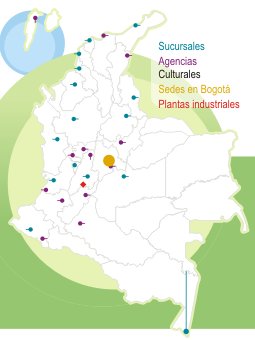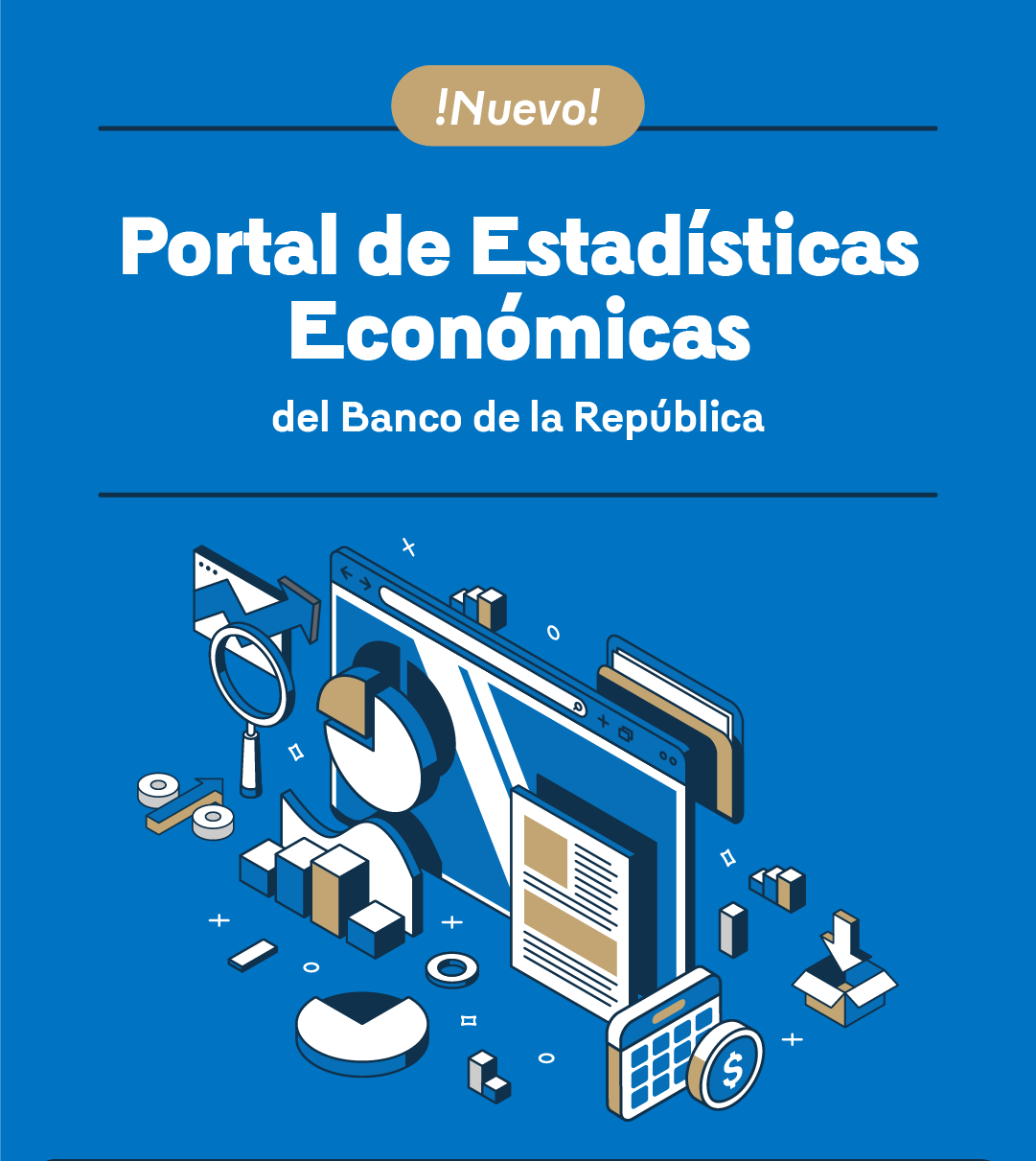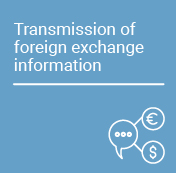BanRep Minutes: The Board of Directors of Banco de la República decided by majority vote to maintain the monetary policy interest rate unchanged at 9.25%
- Between April and May, annual inflation edged down slightly—from 5.2% to 5.1%—while core inflation (excluding food and regulated items) fell mildly from 4.9% to 4.8%. This modest deceleration reflects rigidity in key baskets such as food and services, offset by a small rebound in goods inflation. Food inflation increased by 10 bp (from 4.6% to 4.7%) due to higher processed food prices; services inflation eased from 6.4% to 6.1% but remains high due to indexation. Additionally, goods inflation increased from 1.1% to 1.5%. Overall, the rate of descent of inflation has slowed in 2025.
- In June, short-term inflation expectations from financial markets declined, while medium-term expectations increased. Inflation expectations from surveys remained stable following a substantial rise in May. Both sets of expectations remain above the 3% target, signaling a broad consensus that inflation’s convergence to target will be slower than previously anticipated.
- The upward revision of the projected fiscal deficit for 2025 and beyond presents a fiscal policy stance that limits the scope for further monetary policy easing.
- Economic growth has been increasing, primarily driven by consumption. GDP expanded by 2.7% in Q1 2025, outperforming both the technical staff’s forecast (2.5%) and Q4 2024 growth (2.6%). Leading indicators for Q2 point to sustained strong demand in primary and tertiary sectors. This suggests that the momentum observed in the first quarter has continued, prompting the technical staff to maintain the 2025 growth forecast at 2.7%.
- External financial conditions remain restrictive amid heightened geopolitical tensions, a slower-than-expected U.S. monetary policy normalization, and upward pressure on Colombia’s risk premium. Uncertainty over expected U.S. tariff increases has moderated, but remains high.
Board members agreed that the macroeconomic developments observed in the first half of the year reduce the likelihood of achieving the inflation target of 3% ± 1 percentage point by the end of 2025. The Directors identified three key factors contributing to this assessment. First, the rate of descent of inflation observed in 2024 slowed markedly; between December and May, annual inflation declined by only 15 basis points, prompting upward revisions in inflation expectations by economic agents. Second, the higher projected fiscal deficit for 2025 and beyond is exerting an expansive effect on the economy, as reflected in increased risk premium for Colombia. Third, global uncertainty—driven by geopolitical conflicts and trade policies in the United States—continues to pose upside risks to inflation. In this context, four members of the Board voted to maintain the policy interest rate at 9.25%, while two voted in favor of a 50 basis-point reduction, and one member supported a 25 basis-point cut.
The majority emphasized the need to maintain a cautious monetary policy stance and to await more favorable conditions before resuming rate cuts. In addition to the commonly recognized macroeconomic risks, these Directors underlined the impact of a widening fiscal imbalance on public debt bond rates for Colombia. They noted that the recent sovereign credit rating downgrades by Moody’s and S&P Global imply a higher neutral real interest rate, which reduces the monetary policy space to reduce the interest rate. They also highlighted potential inflationary risks from real increases to the 2026 minimum wage, particularly if such increases exceed productivity gains, as has occurred in recent years. Furthermore, they argued that strong domestic demand, especially household consumption, and favorable labor market conditions allow for a stable interest rate without endangering the ongoing recovery in economic activity and employment, despite a weakened investment performance.
The two Directors supporting a 50 basis-point reduction argued that several macroeconomic conditions exist that continue to support a more accommodative stance. They pointed to the significant progress in reducing inflation, and although economic growth has improved, they considered it insufficient relative to the country’s needs. In their view, monetary policy should support the conditions necessary for a stronger and more inclusive recovery. They noted that current unemployment levels and the interest rate transmission through the banking system provide room for further easing. They also argued that the fiscal challenges outlined in the 2025 Medium-Term Fiscal Framework require higher growth to support fiscal sustainability, thus justifying a lower policy rate. One of these Directors expressed a broader critique of traditional monetary policy paradigms, suggesting that their relevance may be diminishing in a structurally changing global economy. They argued that maintaining a highly restrictive monetary policy undermines aggregate demand and exacerbates inequality, and that a persistently high real interest rate increases the government’s debt service burden, aggravating fiscal pressures.
The Director who supported a 25 basis-point reduction, stressed the high degree of uncertainty affecting both global and domestic economic forecasts. He emphasized the need to develop alternative responses beyond conventional modeling approaches. Although economic activity has shown signs of recovery, he described it as fragile and uneven, driven primarily by private consumption, with limited support from investment and concentrated in a narrow set of sectors. In particular, he noted that the investment-to-GDP ratio, slightly above 16%, remains below both the level recorded in 2024 and its historical average. He acknowledged that the pace of inflation decline has moderated in recent months, but observed that broader trends over a longer horizon indicate a steady downward path, supported by favorable developments in the exchange rate and labor market, despite the uncertainty that characterized the overall forecast. He concluded that maintaining the gap between real and monetary interest rates high level incentivizes rent-seeking investment and disincentivizes productive capital formation.
The decision adopted by the Board of Directors reflects a cautious approach to monetary policy that recognizes the risks identified regarding the convergence of inflation to the target. The Directors reiterate that future decisions will be determined based on the latest information available.































































